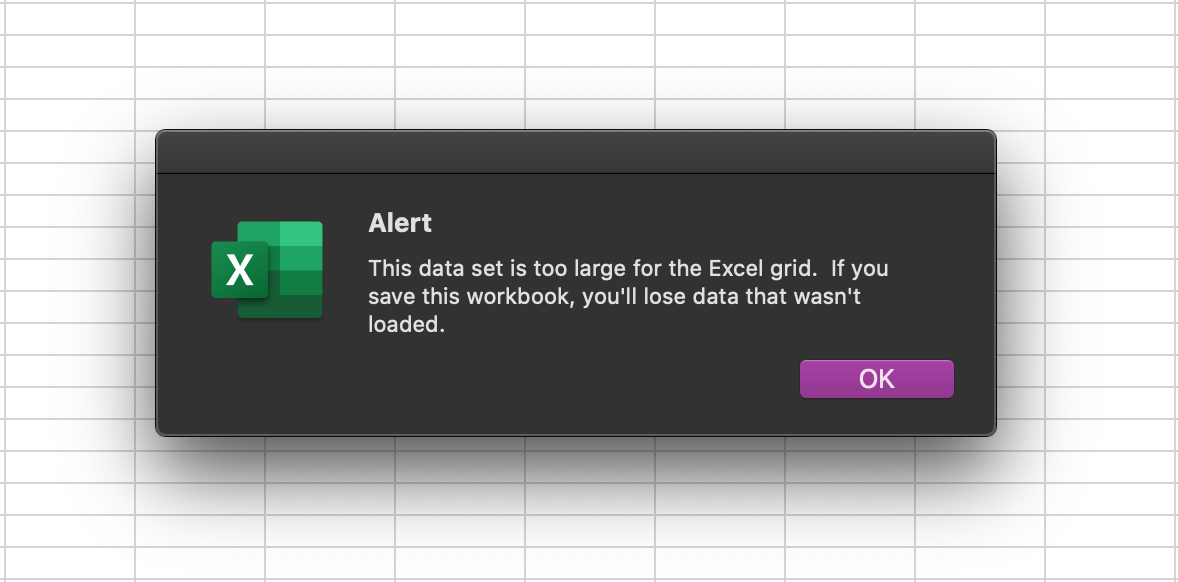About Jove Actuarial

Discussions of data science often focus on ‘Artificial Intelligence', ‘Big Data’, or how best to use 'The Cloud'.
It's true that techniques such as Machine Learning are tremendously exciting, with the prospect of transforming many aspects of how we do business. However, to actuaries going about their day-to-day work, these discussions can seem somewhat distant. Not everyone has the time or resources to apply the cutting edge of Deep Learning to their work.
Surveys of data scientists indicate that they spend most of their time doing much more straightforward tasks: cleaning and transforming data or doing statistical analysis of that data. Tasks that will be very familiar to many working actuaries.
So what can we learn from how data scientists undertake these tasks?
Moving Beyond Excel

One key advantage data scientists have is the power of their tools. When compared to desktop software such as Excel, these tools are significantly more powerful, although at the expense of a somewhat steeper learning curve.
The rich data science ecosystem includes programming languages such as Python, R and Julia, many thousands of packages of pre-written code, powerful visualisation tools and interactive coding and data analysis environments such as Jupyter.
So, how are these tools more powerful?
- Speed: these tools are often significantly faster than traditional approaches. Reducing run times by a factor of 100 or more is not uncommon.
- Flexibility: they are not constrained to a pre-defined 'menu' of options.
- Automation: everything can be automated using a powerful programming language such as Python or R.
- Large data sets: they are usually designed to work with much larger data sets than is possible in Excel.
- Ecosystem: they provide access to thousands of packages of code to perform most common and many specialised modelling tasks.
Importantly, these tools are usually freely available without charge. They are readily accessible to anyone with access to a desktop PC.
Although these tools may be less familiar than Excel, there is a huge amount of material, much of it available for free online, to help users make the most of them.
Actuaries are never going to give up their copies of Excel and there are some tasks where existing tools remain the most effective way of doing the job. However, being aware of what is possible using modern data science tools is an important skill for the modern actuary.
Having access to the best tools for our work can only improve both the quality of that work and the satisfaction we gain from it.
Using these tools doesn't mean giving up existing approaches or even existing tools. There are ways to make Python or R work effectively with Excel. Existing Excel workbooks can be used whilst offloading more computationally demanding calculations to Python or R.
And of course, if you do want to explore the cutting edge of machine learning, then most of the leading tools can be easily accessed using Python, R, or Julia and integrated into an existing data science workflow.
About this Blog
On this blog, we're planning to look at how actuaries can use these tools in their day-to-day work, with an emphasis on 'hands-on' advice rather than discussion of high-level concepts. We'll also look at some of the issues that might be holding back actuaries from using these tools and how they can be overcome.
We'll try to keep the discussion accessible so that most of the material will be accessible for the more general reader. There will also be more technical posts though for those who are interested in more detailed coverage of some issues.
We'd love to hear from readers. What are you using data science tools for and what would be most useful for you?
We're excited by the possibilities opened up by these tools. We hope you are too.
Please subscribe to receive email updates of future posts, using the button on the bottom right.
Please also get in touch if you’d like to discuss any topic we cover or share how you're using data science tools in your work: contact details are on the 'Contact' page accessible through the menu at the top of this page. Or alternatively share your thoughts in the comments below
Disclaimers
None of the material on this website should be taken to be actuarial, investment or legal advice in any form.
